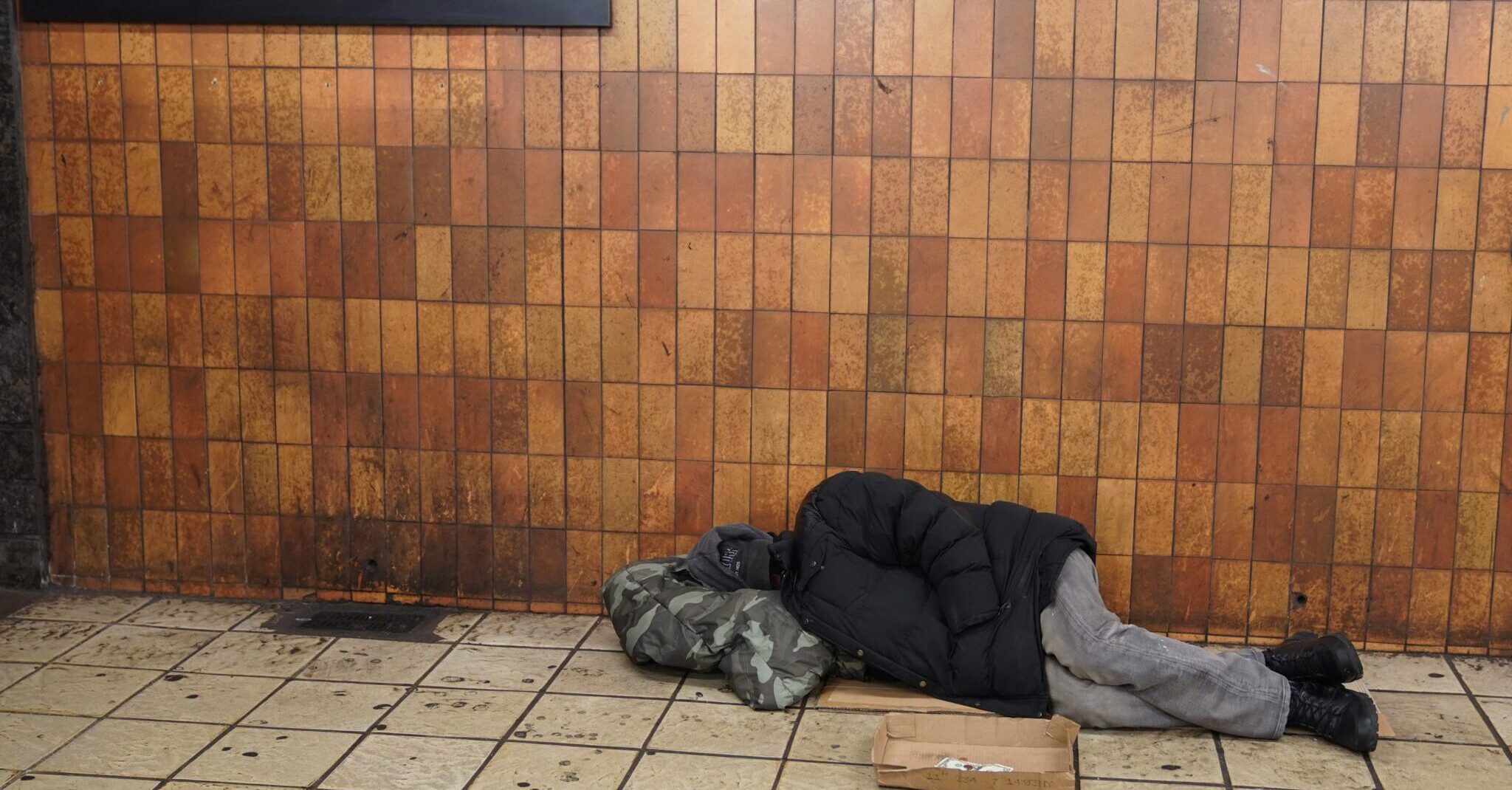Shop For Night Vision | See more…
Was It for This the Clay Grew Tall?
Culture
Was It for This the Clay Grew Tall?
Jordan Neely was a victim, but not in the way progressive activists would have you believe.

Was It for This the Clay Grew Tall?
Jordan Neely was a victim, but not in the way progressive activists would have you believe.

Forty-two.
That is how many times Jordan Neely was arrested before he was killed during one of his dangerous episodes: forty-two. Spanning from 2013 to 2021, this record suggests an average of more than one arrest every ten weeks, or more than five per year.
Many of these were for crimes such as transit fraud and trespassing—acts of minor lawlessness that might be expected from a man not quite in touch with reality. Neely had a reported history of mental illness, and it is customary—even understandable—to explain away such small misdeeds for men ill-served by a massive “social service” apparatus that is, in practice, not just anti-social but anti-humane.
Others were more serious: four for assault. At the time of his death on Monday afternoon, a warrant was out for Neely’s arrest in connection with a fifth alleged assault in 2021.
The entirety of what happened in the subway car where Neely died is still not known to the general public. The narrative ran a mile ahead of the facts, and it is left to those of us interested in the truth to piece together details as they trickle out from behind the wall of acceptable opinion.
Neely was chronically homeless, and brought in money on and off as a Michael Jackson impersonator—the kind of bothersome street performer notorious in New York City for strong-arming money from pliable tourists.
This was one of his rough patches, and it seems he could not find a few bucks for water, or food, or a bed. Why he did not go to one of New York City’s countless homeless shelters or other public supports is unclear, but it is not hard to guess: Those things wear on a man’s soul. Men are not meant to live as Jordan Neely lived.
And so, it seems, he snapped. Neely boarded a subway car exhibiting behavior that witnesses described as erratic and aggressive. He began yelling that he could not get anything to eat or drink; that he could not bear his life and needed a way out. A number of passengers tried to put distance between Neely and themselves.
Reportedly mixed in with Neely’s angry shouting were general but unambiguous threats such as “I’m ready to go back to jail” and “I’ll hurt anybody.” He said he wanted a life sentence—not the kind of judgment you get for hopping subway turnstiles.
Then—after clear threats of violence aimed at innocent people trapped in a small, enclosed space—a 24-year-old Marine veteran placed Jordan Neely in a chokehold as he and three other passengers tried to restrain him. When public authorities eventually arrived, Neely was rushed to the hospital, where he was pronounced dead. He was 30 years old.
Left-wing propagandists have drastically downplayed the danger Neely might have posed, forcefully insisting that the man who reacted to his threats behaved irrationally, even viciously. Many have called for a murder prosecution. One misrepresentation claims that Neely’s only offense before his death was “yelling and screaming about being hungry during a subway ride … before throwing his jacket to the ground.” We know that this is far from the whole truth.
Yet their intuition that a grave injustice has occurred here—that Jordan Neely should not be dead right now, and that this is a matter not of one fatal moment but of sins that define a whole civilization—is the right one.
The dead man’s biography reads as an all but complete catalogue of the failures and devastations of 21st-century urban America.
Neely had just reached his teenage years when his mother was found murdered, stuffed in a suitcase and left on the side of the Henry Hudson Parkway. She had been strangled by her live-in boyfriend days before they found her. Jordan, then fourteen, was asleep just down the hall.
In what kind of society does that happen? How many institutions had to fail, from the family to the police and beyond in all directions?
New York City public schools—did they do their part to mold Jordan Neely into a healthy, functioning citizen? Have they done the same for anyone in the past three generations?
Criminal authorities charged with preserving public safety kept letting loose a man plainly unable to function on the streets until he finally wound up lifeless on the floor of a subway car. Was that an act of charity?
Neely’s father is around now to give comments to the media. Where was he as his son bounced from couches to street corners to New York City jails? He says he had not seen him in four years.
Neely was a victim of mental illness, yes; that explains much of the bad fortune of his life. But he was, more importantly and more tragically, a victim of the psychic sickness that mangles the souls of America’s major cities.
The America that failed him is not the cesspit of racist reaction those now chanting his name would like us to believe. It is the America of Progress, of liberation, of intentional decline. It is the America of half-hearted policing, pick-and-choose prosecution, and violence in the streets. It is the America that leaves the mentally unwell half-naked on crumbling sidewalks, baking in the sun or freezing in the snow, dropped in puddles of filth and block-wide stench because commitment to a specialized institution would somehow offend their human dignity.
It is the America that those thousands clamoring in the streets for justice would carve into stone tomorrow if they were given unchecked power. But on the principle, they are right. Jordan Neely deserved justice, which is to say he deserved order. A whole host of decayed institutions will need to reform completely to provide it.
Barring that, the only relevant question will remain the one a Marine was forced to ask and answer Monday: not whether, but how, the chaos of liberalism ends in death.
The post Was It for This the Clay Grew Tall? appeared first on The American Conservative.



















































